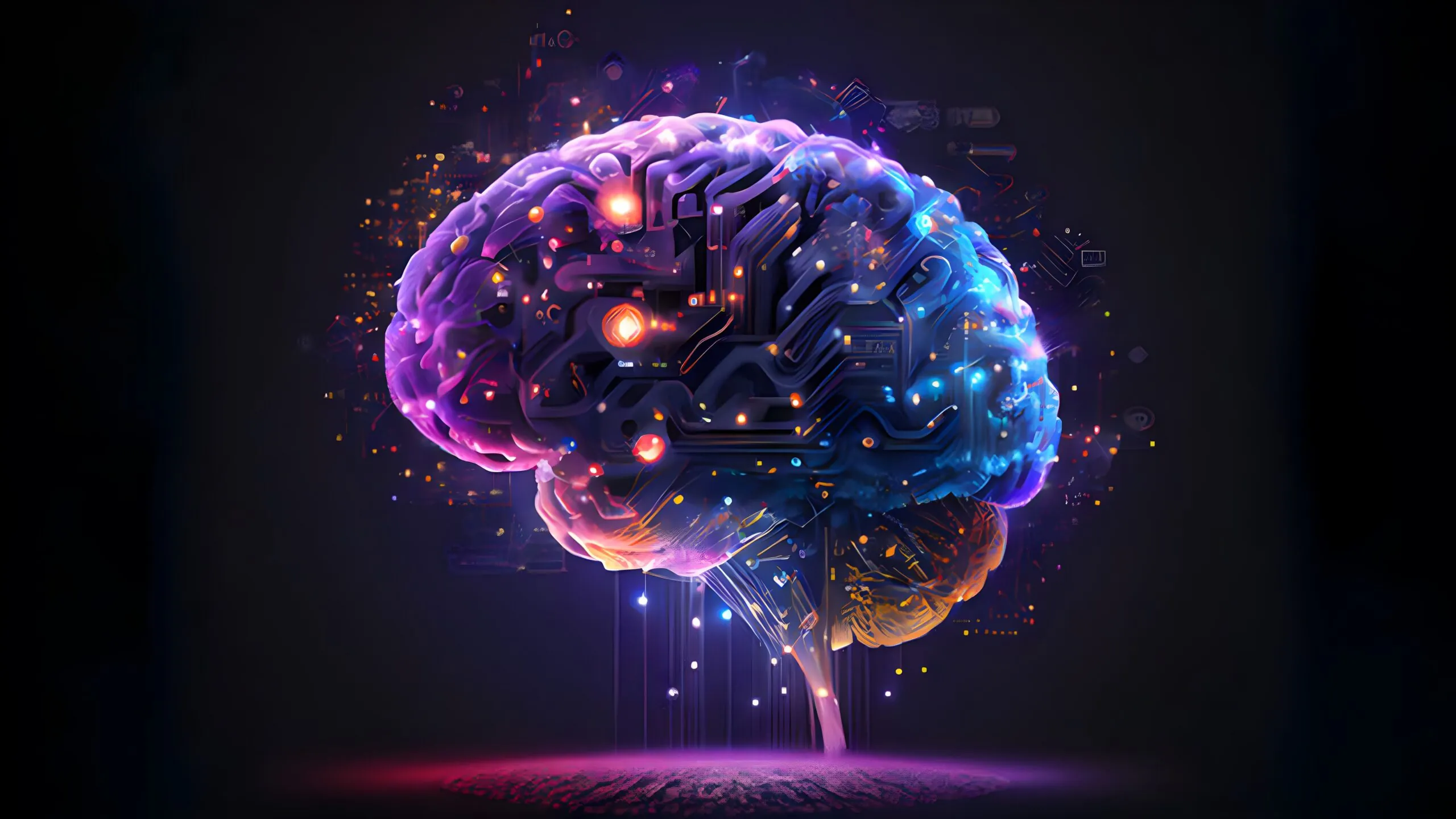AI in UX design is no longer theoretical. It is changing how teams build digital experiences, not by replacing experts, but by removing inefficiencies that slow down execution. At Blennd, we use AI to streamline UX workflows, accelerate alignment, and improve performance from day one.
This isn’t about staying current. It’s about engineering systems that drive measurable performance at scale. Here’s how AI is already enhancing our UX process, and what enterprise marketing and product teams can take away from it.
Relume and the Role of AI in Early UX Design
The early stages of UX work are where most timelines break down. Aligning on structure, page hierarchy, and user flow can drag out for weeks before any design begins.
We use Relume to eliminate that lag.
By inputting core business context, we generate page frameworks, sitemaps, navigation structures, and wireframes that reflect actual user and business goals. These can be exported into Figma or Webflow immediately, allowing us to move from idea to layout in hours, not weeks.
Where it adds value:
- Reduces strategy-to-design friction
- Speeds up stakeholder alignment
- Provides structure that reflects real intent, not guesswork
How Lumi Supports Visual Asset Creation in UX
Stock imagery often creates friction in the design process. Sifting through outdated or irrelevant options slows velocity and limits creativity.
We use Lumi to generate AI-powered, high-quality photo assets on demand. By adjusting filters like lighting, orientation, and subject matter, we get tailored visuals that fit the tone and purpose of each page. The Figma plug-in keeps the workflow efficient and integrated.
Where it adds value:
- Reduces time spent sourcing stock imagery
- Delivers on-brand, context-aware visuals faster
- Keeps designers focused on layout and UX flow, not asset gaps
Closing the Gap Between UX and Copy with AI
Most websites treat content as a second step. That leads to delays, revisions, and disjointed user experiences.
Our process flips that.
Using ChatGPT, we generate first-pass content that maps directly to UX structure. Every line of copy reflects the buyer stage, SEO intent, and conversion flow already built into the design. Prompts are pre-written and trained on Blennd’s frameworks, so the output is strategic, not generic.
Where it adds value:
- Keeps content, design, and conversion goals aligned
- Reduces time spent on placeholder copy and rewrites
- Speeds up time to launch with real, usable content
Conclusion: The Real Value of AI in UX Design
AI won’t replace UX designers—but it will replace the lag, misalignment, and inefficiency baked into most UX processes today.
These tools don’t eliminate the need for human expertise—they elevate it. They help us work faster, align more effectively, and create better experiences with less friction.
The future of UX isn’t human or AI—it’s a smarter partnership between the two.
Teams that integrate AI intentionally will ship faster, convert more, and outperform competitors who are still stuck in manual workflows.
The takeaway is simple. AI in UX design is not a gimmick. It is operational infrastructure. The next step is not adopting more tools. It’s engineering a system where AI, UX, and business outcomes work together. That’s where we come in. Connect with our team to explore how we build it.




